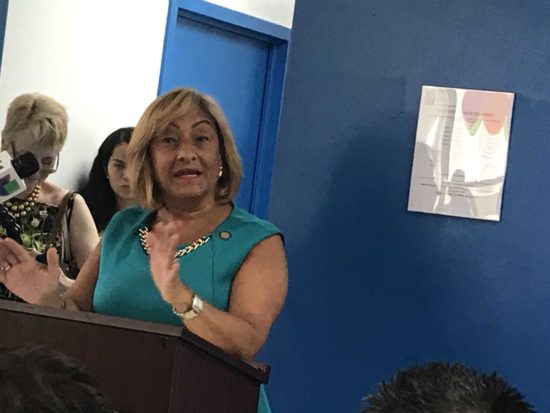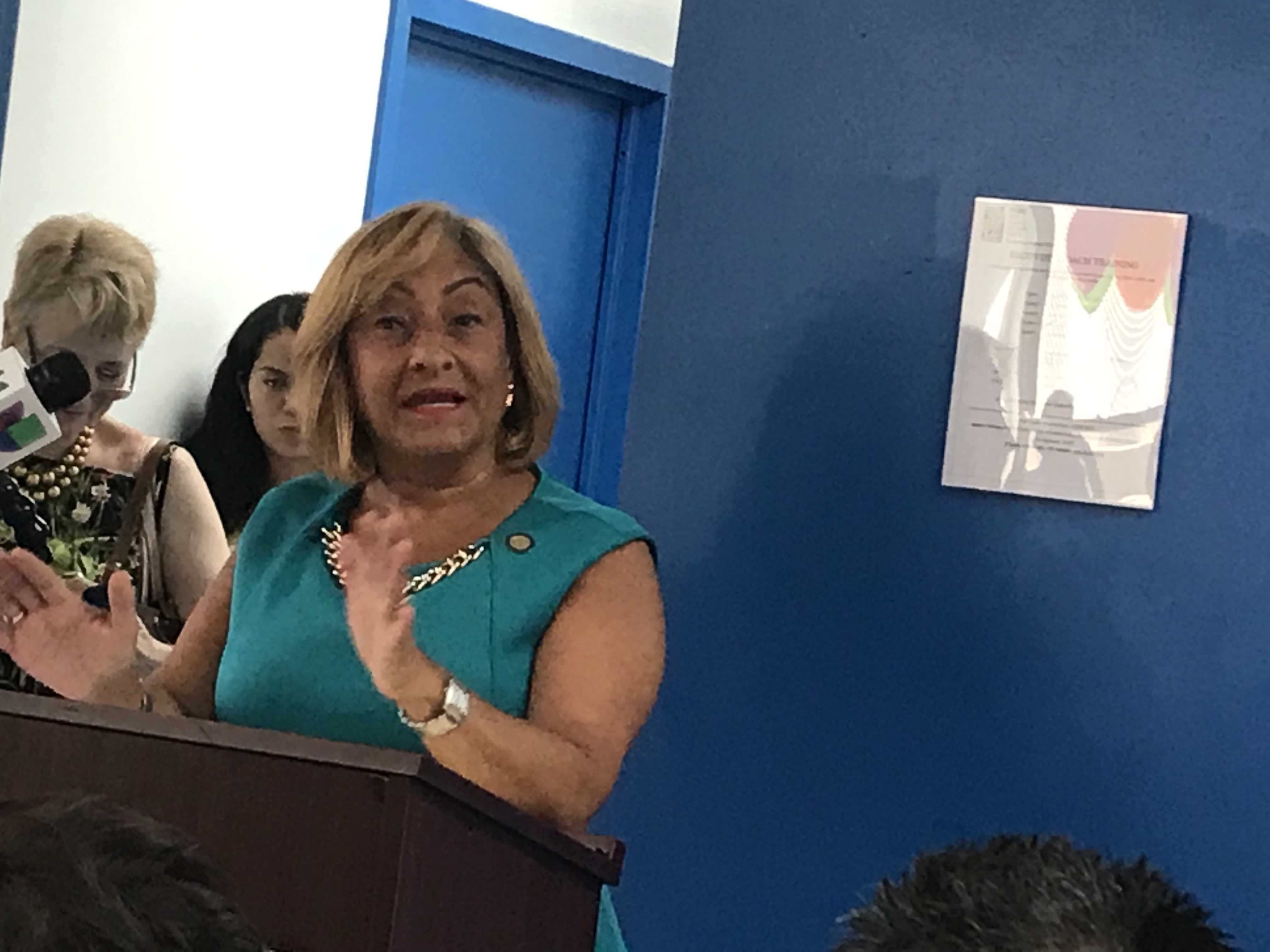
A new program in The Hub aims to provide a boost for Bronxites on the road to recovery from substance abuse. The Peer Alliance Recovery Center (PARCBronx) opened its doors on Aug. 22, offering peer support, recreational activities and vocational assistance for drug users trying to shake addiction.
Repeated recent studies have found that the South Bronx is more awash in opioid users than any other neighborhood in the city. In 2016, the city’s health department found that three of the city’s five neighborhoods where the most fentanyl overdoses occurred were in the Bronx, with Mott Haven at the head of the pack.
Public officials say the new program is one way to achieve what angry area residents have long demanded the city do: reduce the numbers of drug users on the streets of The Hub, and in and around St. Mary’s Park.
“This is not just another program,” said Arlene González-Sánchez, commissioner of New York State’s Office of Alcoholism and Substance Abuse Services (OASAS), at the program’s ceremonial opening in a tiny room on the second floor of PARCBronx’s office at 368 E. 148th Street. “It’s not treatment, it’s recovery and support. Most people come back to the same areas where they started using anyway.”
The city has been doing its best to fight the explosion in substance abuse, González-Sánchez insisted, and is finally witnessing a decline in the number of drug users seeking treatment. “Now we’re seeing numbers going where we want them to go.”
The new program is run by Queens-based Samaritan Daytop Village, which replaced Narco Freedom in 2017 as the primary provider of drug treatment programs in Mott Haven. Narco Freedom was forced to give up its treatment and transitional housing operations when its director and his son were charged with defrauding the government of $30 million over several years in a medicaid fraud scam.
But PARCBronx leaders are quick to point out that the new program has no treatment component, and is strictly geared to support recovering drug users and their families. Its annual $350,000 budget comes from the federal State Opioid Response Grant, which OASAS administers, for a staff of six,. That includes a program director, a project coordinator and four recovery coaches.
Assemblywoman Carmen Arroyo, who spoke at the Aug. 22 opening for the new center, said that the state continues to neglect the needs of her district’s underrepresented minorities.
“When I’m there (in Albany),” said Arroyo, a member of the Assembly’s Committee on Alcohol and Drug Abuse. “I’m there with the ‘blanquitos’ (white people) who live in the north (of New York State).”
Arroyo, who in 1994 became the first Puerto Rican woman ever elected to public office in the continental US, added that Puerto Rican mayors routinely send the island’s “Tecatos” (drug addicts) to New York City to remove them from their own districts, adding to the glut of drug users in The Hub.
“When they see Tecatos, they get them a plane ticket, give them two $20 bills and send them here,” fumed an angry Arroyo, adding that subsequently those drug users are “getting a (welfare) check from the taxpayers.”
One reformed substance user who has been sober for two years and now works as a counselor at the new center, said it is high time that Mott Haven substance users wanting to get off drugs get the support they need.
“Recovery is possible,” said Chris Kelly, now a supervisor and first responder with the program, at the new center’s christening. “I am so living proof that it works.”

